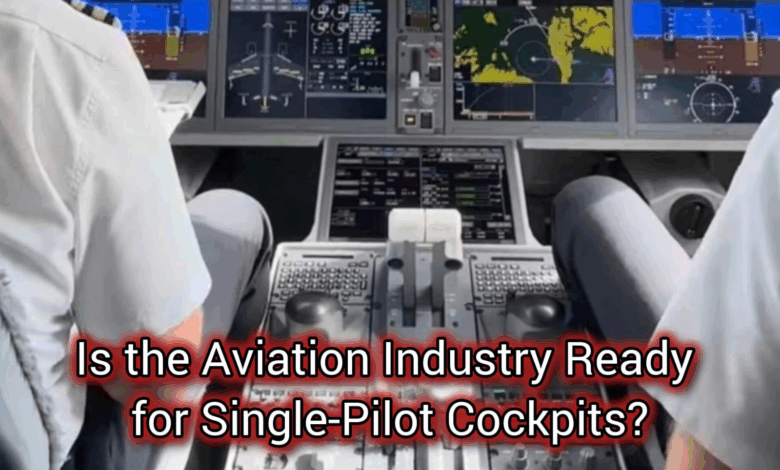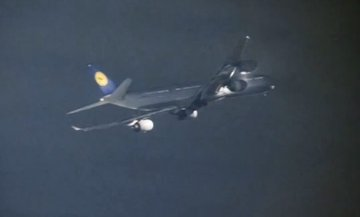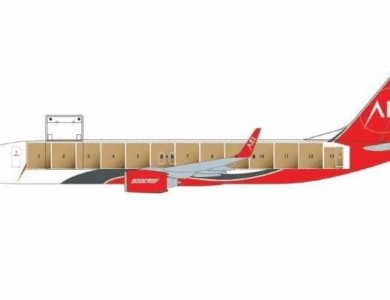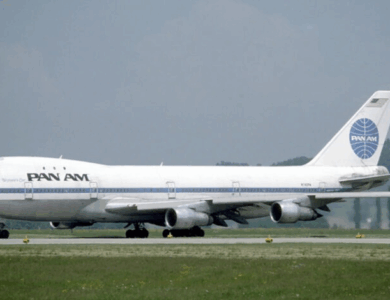Is the Aviation Industry Ready for Single-Pilot Cockpits?

The idea of having only one pilot in the cockpit is no longer science fiction — but it remains controversial. While modern aircraft are largely managed through automation, the question persists: “Is it truly safe to entrust a passenger jet to a single pilot and an algorithm?”
The concept resurfaced after the pandemic, as the global pilot shortage worsened. Airbus, in collaboration with Cathay Pacific, has been testing its “Connect” project, while the European Union Aviation Safety Agency (EASA) completed its Single-Pilot Operations study. Yet, as 2025 approaches, the industry consensus remains unchanged: technology may be ready, but operational and psychological readiness is not. NASA simulations have shown that single-pilot operations still carry high stress and workload levels.
Pilot unions and aviation experts remain strongly opposed. Captain Chesley Sullenberger, known for the successful Hudson River emergency landing, stated, “All safety protocols are built on two pilots working together.” He emphasized that the second pilot is not merely a backup, but an integral part of the entire safety framework.
Recent surveys show that most passengers would avoid flying on a single-pilot aircraft — even if tickets were cheaper. This indicates that while society embraces technology, it is not yet ready to give up the human element entirely.
In the future, AI-assisted hybrid operations may emerge as a middle ground. For now, however, two pilots in the cockpit remain aviation’s safest formula.



